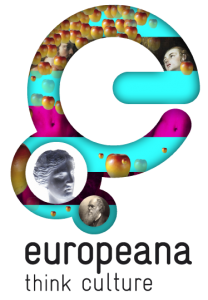Last update : August 30, 2012

Opera Mini 4.2 Simulator

Opera Mini 6.5 Simulator
Opera Software ASA gives developers tools needed to build and test HTML content for different devices on their PC’s.
Opera Mobile Emulator is the desktop version of Opera’s smart phone browser. The Opera Mobile Emulator renders pages as close as you can get to how it would look on a real phone. It can be paired with Opera Dragonfly, a great tool to develop and debug web applications.
The Opera Mini Simulator is the online version of Opera’s Mobile Emulator. It can be accessed from any Java-enabled Web browser, or downloaded and run independently. Two versions were available in the past : Opera Mini 4.2,the world’s most popular mobile Web browser, and Opera Mini 6.5. Today Opera Mini 7, the newest version of this browser, is online. All versions are powered by MicroEmulator, a pure Java implementation of Java 2 Micro Edition in Java 2 Standard Edition licensed under LGPL.
Opera is also available as desktop browser for Windows, Mac and Linux, for tablets and for TV sets.
The Opera TV Emulator gives developers the tools needed to build and test HTML5 content for TVs on their PCs, which will emulate the target device’s environment with no need for physical access to the TV, set-top box or Blu-ray player. The Opera TV Emulator offers a direct, easy way to develop, test and debug and can serve as a reference implementation.
OperaDriver and OperaWatir are toolkits used for automating interactions with web browsers. OperaDriver and OperaWatir allow you to drive the Opera browser and emulate user behavior.






